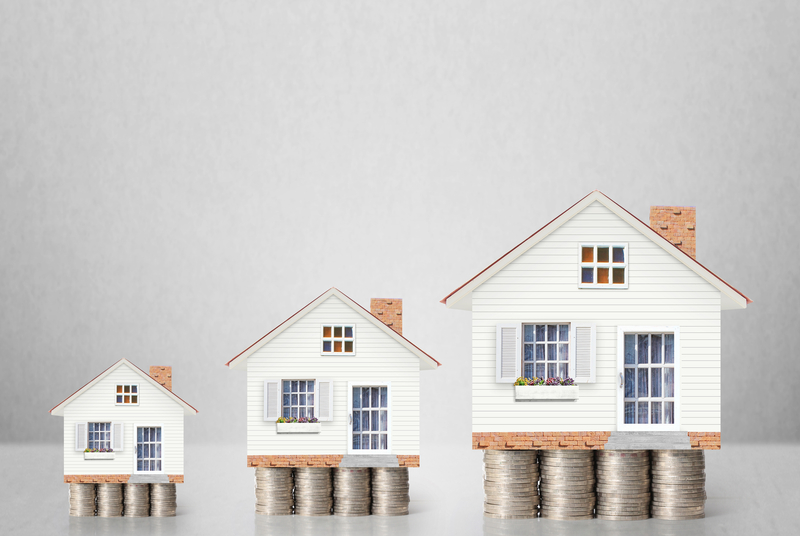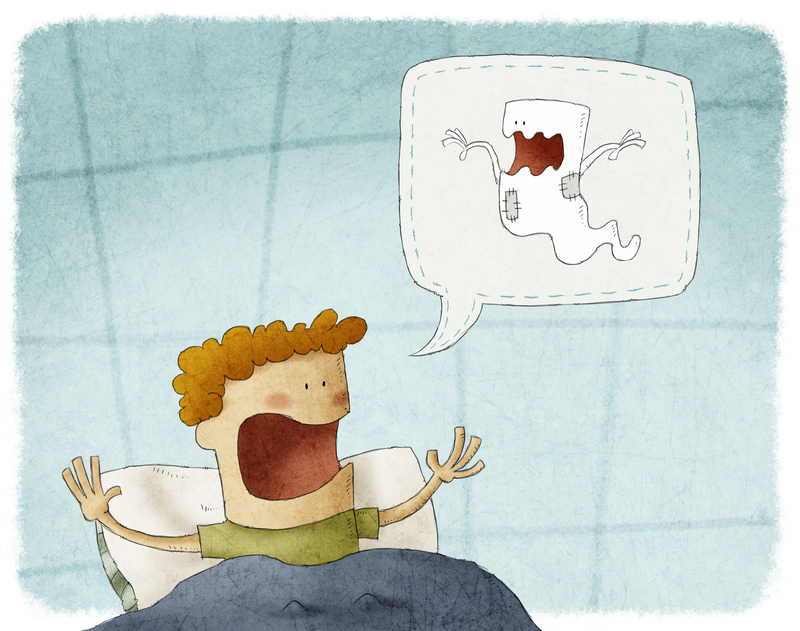Why a DIY Piano Move Might Cost More Than You Think
Posted on 18/06/2025
Why a DIY Piano Move Might Cost More Than You Think
If you’re moving to a new home and own a piano, you might initially consider saving some money by moving it yourself. However, when it comes to relocating a piano, there are hidden costs and risks that can end up costing much more than hiring professional piano movers. In this comprehensive article, we’ll explore the true cost of a DIY piano move, the various challenges involved, and why opting for professional piano movers could actually be the more cost-effective and safer choice for your instrument, your property, and yourself.

Understanding the Value and Complexity of Your Piano
Pianos are not just valuable musical instruments; they are also delicate and complex. Whether you own an upright, baby grand, or full concert grand, a piano consists of thousands of moving parts and can weigh anywhere from 300 to over 1,200 pounds. The cost of replacing a damaged piano or repairing intricate mechanisms can easily run into the thousands of dollars, not to mention the sentimental value that many pianos hold. Before attempting a DIY piano relocation, here are important factors to consider:
- Piano Weight & Shape: Moving a piano is vastly different from moving other household items because of its size, weight, and delicate construction.
- Delicate Mechanisms: The inner workings include sensitive hammers, strings, and keys all of which can be easily damaged by improper handling.
- High Value: Even an average upright piano holds significant value, while grand pianos often cost tens of thousands of dollars.
Why Moving a Piano Yourself Can Cost You More
When considering a DIY piano move, it’s tempting to focus solely on the money you might save upfront. However, let’s take a closer look at hidden costs and risks that could turn your well-intentioned project into an expensive ordeal.
1. Specialized Equipment Rental Costs
Moving a piano isn’t as simple as grabbing a few friends and a pickup truck. Pianos require special moving equipment such as:
- Piano Dollies: Designed to evenly distribute the pian’s weight to avoid damage to the instrument and your floors.
- Moving Straps & Pads: For securing your piano and protecting its finish during the move.
- Ramps & Skid Boards: Essential for safely negotiating stairs or uneven surfaces.
- Heavy-Duty Blankets: To prevent scratches, dents, or other damage.
Renting this specialized equipment isn’t cheap. These costs can quickly add up, making your do-it-yourself piano move far more expensive than anticipated.
2. The Risk of Personal Injury
Pianos are deceptively heavy and awkward in shape. Attempting a DIY piano transportation without proper training puts you at serious risk of injury. Common moving injuries involve:
- Back strain or herniated disks
- Finger and hand injuries
- Crushed toes and feet
- Slips, trips, and falls
Medical bills and potential downtime from work can surpass what you would have paid a professional moving company. No cost savings is worth the price of your health!
3. Potential for Extensive Property Damage
Imagine accidentally dropping a 500-pound upright piano on your hardwood floor or denting a wall while navigating tight corners. Failed DIY piano moves often result in:
- Gouged floors and broken tiles
- Scratched walls, chipped paint, or smashed doors
- Structural damage to staircases or entryways
These repairs can cost hundreds or even thousands of dollars, quickly erasing any intended savings.
4. Hidden Repair and Tuning Expenses
Pianos are extremely sensitive to movement and vibration. Even minor bumps can knock the instrument out of tune, while major jolts may cause unseen internal damage requiring expensive repairs. Piano technicians charge top dollar for tuning and repairs, and some damages may not be fixable at all.
5. Lack of Insurance or Liability Coverage
Professional piano movers carry specialized insurance covering damage to the instrument, property, and potential bodily injury. When you attempt a DIY piano move, you are liable for any damage. Your homeowner’s insurance may not cover these mishaps, resulting in unexpected out-of-pocket costs.
The Expertise of Professional Piano Movers
Hiring a reputable piano moving company might seem like an added expense, but these professionals provide exceptional value by offering:
- Training and Experience: These movers know the best techniques for moving all types of pianos safely.
- Specialized Tools: All necessary equipment is already available and included in the price.
- Efficient and Insured Service: Professional piano movers work quickly and safely, minimizing disruption to your life and risk to your property.
- Comprehensive Insurance: You’re covered in case of accidental damage or injury during the move.
- Stair and Tight Space Navigation: Pros know how to maneuver pianos around tricky areas without causing any damage.
Real-Life Examples: When DIY Moves Go Wrong
Let’s look at some common scenarios where a do-it-yourself piano move proves far more costly than hiring professionals:
Case Study 1: The Damaged Upright
One family, aiming to save money, decided to move their upright piano using regular moving straps and a borrowed dolly. During the move, the piano tipped over, putting a deep crack in the side and breaking two keys. The repair bill? Over $1,500, not counting a professional retuning.
Case Study 2: The Staircase Disaster
Another homeowner underestimated the weight of their baby grand and attempted to guide it down a flight of stairs with three friends. The group lost their grip, the piano slid down the stairs, causing extensive damage to the railing, steps, and the instrument itself. The total cost to repair? More than double what professional piano movers would have charged for safe transport.
Case Study 3: Injured Helpers
A DIY move resulted in a helper suffering a serious back injury while lifting a spinet piano. Medical bills exceeded $2,000, and a friendship was strained over the accident. This scenario is unfortunately all too common with inexperienced movers attempting heavy piano moves.
Busting the Myths: Why DIY Isn’t the Bargain You Expect
There are several misconceptions that entice homeowners to move pianos themselves. Let’s take a closer look:
Myth #1: "I’ll Save a Ton of Money"
Initial equipment rental, truck rental, friend’s help, and protection materials could cost you several hundred dollars. Throw in possible repairs, medical bills, and unforeseen mishaps, and you may find yourself paying far more than a professional quote.
Myth #2: "It Can’t Be That Hard"
Moving a piano isn’t just about strength. It’s about skill, balance, planning, and the right equipment. Many DIY movers discover too late that they are in over their heads.
Myth #3: "Friends Will Help Me"
Friends may mean well, but without experience or knowledge, they’re just as likely to injure themselves or damage your piano. Coordinating schedules and relying on untrained help rarely works out as intended.
Professional Piano Movers vs. DIY: Comparing the Real Costs
| Expense | DIY Piano Move | Professional Piano Movers |
|---|---|---|
| Moving Equipment Rental | $50 - $150+ | Included |
| Transport Vehicle Rental | $75 - $200+ | Included |
| Piano Repairs/Tuning | $100 - $2,000+ | Rare |
| Property Damage | $200 - $2,000+ | Rare |
| Personal Injury/Medical Costs | $200+ | Covered by insurance |
| Insurance | None/Very Limited | Comprehensive coverage |
| Total Estimated Cost | $625 - $4,000+ | $250 - $700 |
As you can see, the apparent savings of a DIY piano move often evaporate when you consider the potential risks and extra expenses. A professional piano move is usually both more affordable and more secure for your treasured instrument.
Doing It Right: When to Hire a Piano Mover
- Your piano weighs over 300 pounds (almost all do).
- You need to move the piano up or down stairs.
- Narrow hallways or sharp turns are involved.
- You must move through an outdoor area, uneven surfaces, or into storage.
- The piano is especially valuable or has sentimental significance.
- You lack experience and proper equipment.

Tips for a Safe & Affordable Piano Move
If you’re set on attempting a DIY piano move, keep these critical tips in mind—but remember, professional movers are your safest bet:
- Use proper piano-moving equipment and rent or purchase piano-specific dollies, skid boards, and straps.
- Enlist an adequate number of able-bodied helpers.
- Measure all doorways and paths in advance.
- Protect your piano with thick blankets and secure them with tape or bungee cords.
- Never attempt to move a grand or concert grand piano without professional help.
For the vast majority of moves, engaging a professional is the most affordable, convenient, and safest way to protect your valuable piano and your own peace of mind.
Conclusion: What’s the True Cost of a DIY Piano Move?
While a do-it-yourself piano move may promise upfront savings, the reality is often far different. Between equipment costs, risk of injury, potential property damage, and expensive piano repairs, you stand to pay much more in the long run. Professional piano movers offer an affordable, fully insured, and highly experienced service that safeguards your piano as well as your home and the people involved. When it comes to piano moving, cutting corners can be a costly mistake—it’s almost always best to hire an expert.
Remember, when moving a piano, don’t just count the dollars—consider the risks, the expertise required, and the true value of your beloved instrument.



